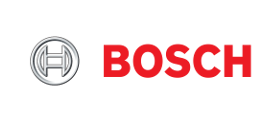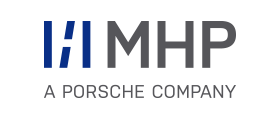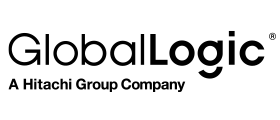Pioneering AI Synergy: A Conversation with Lena Thorsmæhlum and Thordur Arnason of Gervi Labs

Interview conducted with assistance from synthetic lab member AIson using whisper-large-v3, GPT-4o and Gemini 1.5 Pro 002.
At the forefront of AI experimentation and the exploration of human-AI collaboration, Gervi Labs has been pushing boundaries in generative AI, blending curiosity with real-world application. Co-founders Lena Thorsmæhlum and Thordur Arnason are leading this research and will be keynote speakers at the IT Days conferencel in Romania. In this exclusive interview, they delve into their unique projects, AI's role in the arts, and the future of human-robot interactions.
Interview with Joanna Tivig and Peter Monkhouse about the new generation of Product Owners
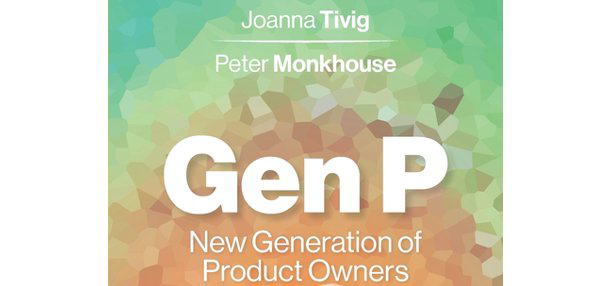
What triggered you to write (and successfully launch on Amazon) a book about product ownership?
We are both senior instructors at the University of Toronto. During one of our collaborations for course development, we started talking about some major challenges organizations have: executing their strategy and adapting the product development to the constant changes in the market. Everything circled back around the role of the product owner. We believe the product owner role is key in changing business mindsets and focusing the organization on strategic priorities. So, we decided to write about it. We built these arguments in what was to become a best-selling book Gen P: New Generation of Product Owners Who Care About Customers. It is a book that aims to inspire the new generation of professionals, to transform their ways of working and the customer-centric mindset.
Startups and microservices - interview with Richard Rodger

Has the pandemic time changed the direction of your Voxgig startup ?
Yes! Completely. Our original business was an events platform for technology companies, to help them manage their speakers and exhibits. Exhibits really need physical events to work properly - you need to be able to take sales prospects you meet at an event out to lunch etc. I know there are experiments now to do this online, but the problem is that all the previous exhibit activity is way down, and will take years to build back up again (as far as we can see).
Electronic trading - interview with Christopher Lederer

How does electronic trading look like after more than one year of pandemic crisis, considering the shift to online platforms?
As our core business is fully electronic, the impact was rather on a personal level. Business was not really affected from a technical POV.
The traders could not work from home because of compliance/regulation. For all supporting teams, we have seen, after a 2-3 week adjustment period, very little to no impact.
Software Architecture, interview with Mark Richards

Your latest book, Fundamentals of Software Architecture, is providing a good framework for software architects. Which is a normal path for someone to become a software architect?
Mark Richards: The advice I usually offer people about becoming a software architect is make sure you are prepared before jumping into the role. Becoming a software architect is much more than having strong technical skills. An architect must also have a passion for creating solutions for business problems, an interest in developing strong people skills, and a desire to mentor, coach, and lead teams.
Microservices, interview with Sam Newman

How do you see the difference between SOA (Service Oriented Architecture) and Microservices ?
Sam Newman: They are not different things. Microservices are an opinionated subset of SOA. SOA just describes a system built out of collaborating services. Microservices is a type of SOA, which is more opinionated - it's "prime directive" if you will is that microservices are independently deployable. So think of microservices as a type of SOA, in the same way that XP is a type of Agile.
Behavior-driven development - Dan North interview

Ovidiu Mățan: People know you as the father of BDD. How did all of this start out?
Dan North: I was working as a developer at ThoughtWorks, a global software consultancy, back in 2003. We were advocating an XP-like delivery model, using practices like iterations, user stories, pair-programming, continuous integration, test-driven development, etc. The big sticking point seemed to be TDD - the developers thought that writing tests was the work of lowly testers. The testers didn't like the idea of programmers writing tests either - maybe because they didn't think the programmers knew how to write tests, maybe because they were afraid they would be out of a job!
Interview with Frank Wolf - Head of Bosch Engineering Center Cluj
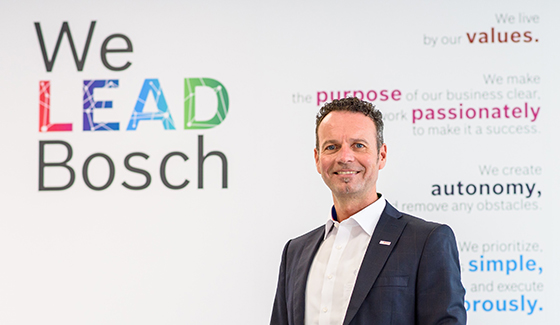
Ovidiu Mățan: You have been leading Bosch Engineering Center Cluj for a few months now. How was the transition into your new role, and how do you see the integration of the technologies developed in Cluj into the Bosch global ecosystem?
Frank Wolf: I took over the role of Head of Bosch Engineering Center Cluj this year in July, and since then I am responsible for leading this great organization with more than 800 employees and about 200 interns.
Digital currencies: Interview with Peter Lawrey
We are talking with Peter Lawrey about digital currencies.
What do you think is the main advantage of a digital currency vs. a classic one?
Peter Lawrey: Digital currencies have a different trust model. This allows multiple organisation and individual to co-operate with a lower level of trust required. There is less risk of hacking as the data is designed to be shared from the start. Instead of trusting central governments, people can trust the platform and/or a company which interests are known. This doesn't make the solution better but does provide a viable alternative.
About the humanoid robot TORO (TOrque-controlled humanoid RObot)

George Mesașan is involved in the TORO project of the Institute of Robotics and Mechatronics, German Aerospace Center (DLR), since spring 2016. Passionate about robotics in general, and particularly about the current project, where he works with his fellow researchers, George Meseșan agreed to give us more information about the famous humanoid robot project.
Conference TSM
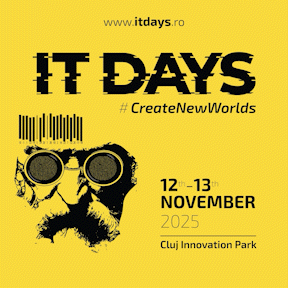
VIDEO: ISSUE 109 LAUNCH EVENT
VIDEO: ISSUE 109 LAUNCH EVENT
Design contribution























